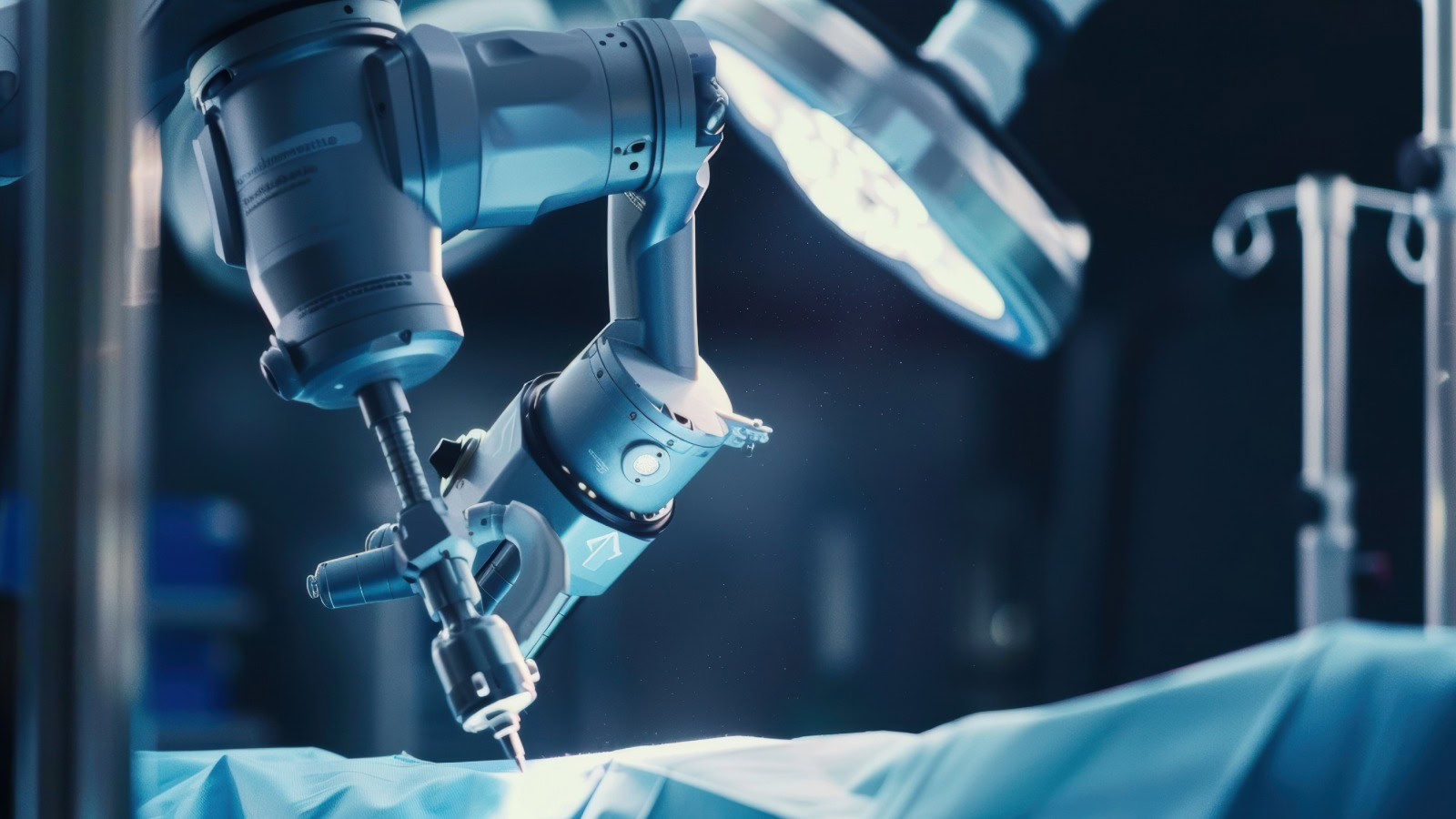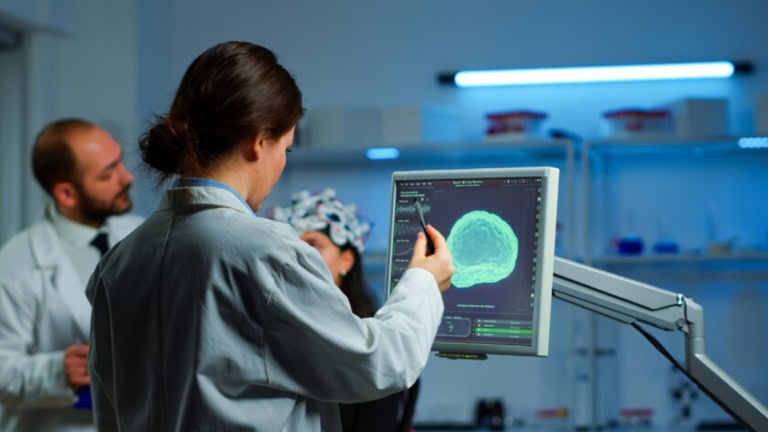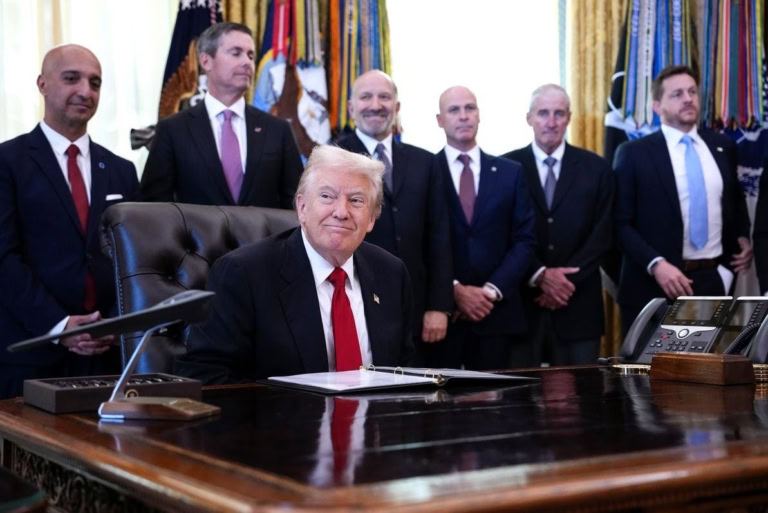The 250 procedures include complex lung resections, used to treat lung cancer and other diseases, and advanced tracheobronchial reconstructions, which involve repairing airways with high precision.
Thangam Robotic Institute has positioned Namakkal, a small town in Tamil Nadu, as a new hub for robotic-assisted thoracic surgeries.
The institute recently achieved a significant milestone by becoming the first hospital in India to perform over 250 robotic thoracic procedures using the da Vinci robotic platform.
Led by Dr Saravana Rajamanickam, the institute specialises in lung and oesophageal surgeries.
The 250 procedures include complex lung resections, used to treat lung cancer and other diseases, and advanced tracheobronchial reconstructions, which involve repairing airways with high precision.
“While many patients still believe that top-quality surgical care is limited to metropolitan centres, pockets of excellence are emerging in smaller cities. With a highly focused skillset, advanced technology, and the inherent cost advantages of operating in a tier-two city, we are delivering outcomes that not only match but often surpass those of major hospitals and at a significantly lower cost for patients,” said Dr Rajamanickam.
Dr Rajamanickam noted that robotic lung resections, which initially made up only 30% of procedures, now account for 52%, indicating a growing preference for minimally invasive methods.
“Our model proves that with the right expertise and infrastructure, world-class healthcare can be made accessible and affordable without the need to travel long distances. Initially, only 30% of lung resections were performed robotically, but this figure has now increased to 52%, reflecting a clear shift towards robotic-assisted surgery. In line with global advancements, now we are actively adopting robotic segmentectomy, a technique that removes only the affected lung segment while preserving more lung function,” he added.
Dr Rajamanickam further highlighted the impact of increased CT screenings in detecting smaller lung tumours. These advances are driving the adoption of segmentectomy over traditional methods.
“By adopting this modality, we are able to offer patients a less invasive option with better lung preservation, reduced complications, and better quality of life,” said Dr Rajamanickam.
The hospital has also moved entirely to robotic methods for sleeve and tracheobronchial resections, phasing out video-assisted thoracoscopic surgery (VATS).
Out of 61 robotic tracheobronchial resections performed, 56 could preserve the patient’s lung, an outcome rarely achieved with conventional techniques.















